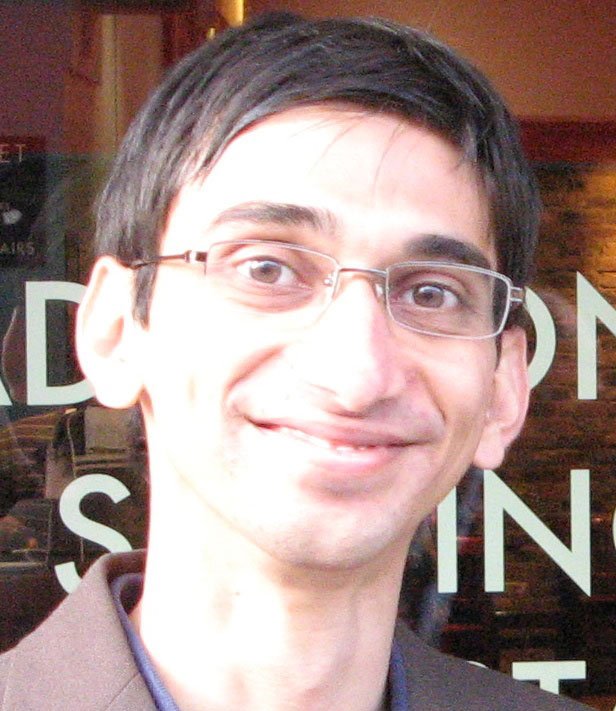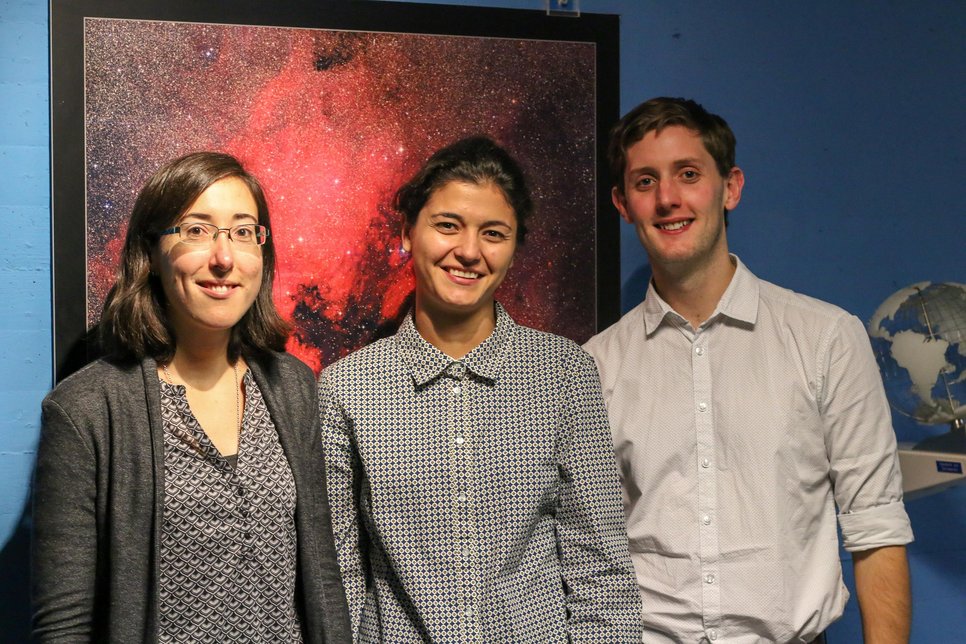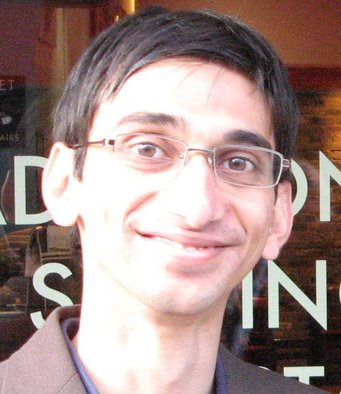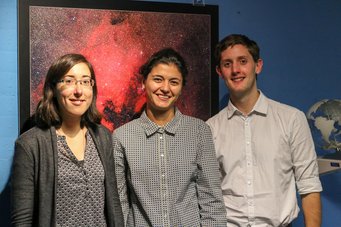Patzer Prize 2013 goes to Siddharth Hegde, Annie Hughes and Robert Singh
At the end of November the solemn ceremony of the Ernst-Patzer Prize for outstanding scientific work in the field of astronomy was held in the auditorium of the Max Planck Institute for Astronomy (MPIA). The awards were given this year to Siddharth Hegde, Annie Hughes and Robert Singh.

The annually presented Ernst Patzer Prize was donated by the art-lover and philosopher Ernst Patzer and established by his widow. The Foundation awards its prizes to young researchers at MPIA and other institutes in Heidelberg and wishes to support research particularly in the field of astronomy. The Prizes are honouring the best publications produced in the course of doctoral studies or in the first three years of the following postdoc phase. The publications must have been published in a refereed journal. The selection committee consists of two scientists from MPIA and one additional external scientist from Heidelberg.

This years Patzer prize winners are:
- Siddharth Hegde (MPIA) for his article:
Colors of extreme Exo-earth environments, 2013, Astrobiology, 13, 1
Siddharth Hegde's paper is one of the first contributions where signatures of extreme environments on earth are extrapolated to observational signatures around extrasolar systems. It forms a base which will certainly be strongly build on in the future. - Dr. Annie Hughes (MPIA) for her article:
Probability distribution functions of 12CO(1-0) brightness and integrated intensity in M51, The PAWS view, 2013, Astrophysical Journal, in press
In this work, Annie Hughes analyzes the molecular cloud properties in the external Whirlpool galaxy and sets them into context with local cloud models. Among other results, she finds that the cloud properties strongly depend on the galactic environments. - Robert Singh (MPIA) for his article:
The nature of LINER galaxies, 2013, Astronomy & Astrophysics, in press
So called LINER galaxies were for decades considered to be a subgroup of Active Galaxies. That means that parts of their emission is excited by a central Active Galactic Nucleus. Robert Singh showed that this is a misconception and that the emission in these galaxies is often produced by a population of evolved stars.

